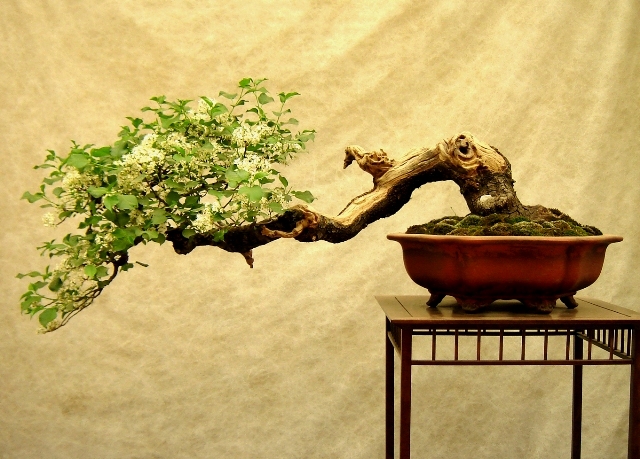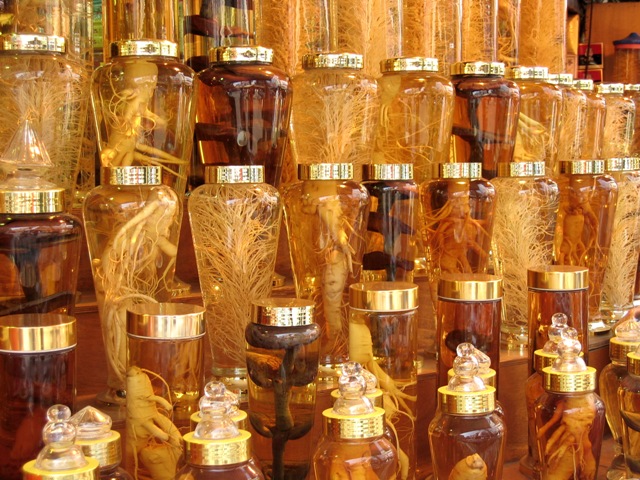
Holistic health is no stranger to most Asians. At some point or another, locals have tried different herbals remedies to counter everything from the common cold to serious medical conditions. But did you know that Westerners have incorporated these very methods into healthcare regimes around the world? Essentials oils used in massages and “power foods” revered by fitness gurus all have their roots in these ancient practices. Here is the lowdown on two of the most commonly practiced techniques in holistic healing:
Ayurveda

The word ayurveda is made up of two Sanskrit words: “ayur” meaning life and “veda” meaning knowledge. Traditional Ayurveda medicine practice is based on ancient Hindu philosophy and is centered on the idea of creating a long and fulfilling life, and aims to encourage vitality, health, and longevity.
According to Ayurveda, each of us manifests a mixture of each of the three constitutional energetic forces, called doshas, responsible for the physical and emotional tendencies of the mind and body.
Natural healing is at the forefront of ayurvedic treatments, with non-invasive, natural components making up the bulk of practices, much to the advantage of those who are wary of putting chemicals and toxins into their bodies. The treatments focus on treating symptoms associated with imbalances of doshas, and many remedies include lifestyle changes such as diet adjustments or relaxation exercises.
Ayurvedic herbs may also play a role in the treatment process, as an alternative and natural method of healing. For example, gooseberry is one of the purest forms of natural Vitamin C and is believed to nourish the hair and help maintain eye health, while eucalyptus is seen as the best solution for blocked noses and sore throats as well as being effective in the fight against acne. Other power ingredients include turmeric, licorice, garlic, acai berries, elderberry syrup, mangosteen, basil, oregano, and chamomile.
One of the most popular remedial options is the use of essential oils – commonly found in spas and beauty centres worldwide – which are used in relaxing massages and thought to combat insomnia, stress, muscular pain, arthritis, back pain, headaches, fatigue, anxiety, and dry skin.
Acupuncture
Photo Credit: ggvic, Flickr
With its roots in ancient China, acupuncture involves the insertion of extremely thin needles through the skin at strategic points on the body. A key component of traditional Chinese medicine, acupuncture is most commonly used to treat pain.
Traditional Chinese medicine describes acupuncture as a technique for balancing the flow of energy or life force — known as chi — that is believed to flow through pathways or meridians in the human body. Acupuncturists believe that all illnesses are a result of the natural flow of energy through the body becoming blocked, depleted or weakened, thus making the individual susceptible to illness. By inserting needles into specific points along these meridians, acupuncture practitioners aim to re-balance and re-connect the energy flow.
In contrast, many Western practitioners view the acupuncture points as a means to stimulate nerves, muscles, and connective tissue to boost the activity of natural painkillers and increase blood flow.
Benefits of this practice are thought to include easing back pain, boosting the effectiveness of medication, soothing indigestion, countering radiation effects (for cancer patients), and dulling persistent headaches. Acupuncture benefits the strengthening of the immune system, thus increasing the body’s resistance to withstand colds, minor infections, and flu.
———————————————————————————————————
Power-Packed package

The herb ginseng has been used for five thousand years in China to improve people’s overall health. A staple ingredient in traditional Asian remedies, ginseng is thought to improve mental and physical health and stamina. Ginseng is also thought to help with hepatitis C treatments and easing the symptoms relating to menopause, and can be used for lowering blood glucose levels and controlling blood pressure.
The root of the plant is usually chewed or brewed as tea, but ginseng is also available in tablet, capsule and liquid format. Only found in the Northern Hemisphere, two of the most common species are American ginseng and Asian ginseng (or red ginseng). The root of the plant contains several active substances called ginsenosides that are said to be responsible for ginseng’s healing effects.
Ginseng is also one of the most effective anti-aging supplements, able to alleviate major effects of aging such as the degeneration of the blood system, as well as increasing mental and physical capacity. Besides that, ginseng tea helps stimulate brain cells, improving concentration, thinking ability and memory. Those battling with their weight can also find relief in the fact that ginseng tea is a natural appetite suppressant.
———————————————————————————————————
Source: The Expat June 2013
What are your thoughts on this article? Let us know by commenting below.No registration needed.
"ExpatGo welcomes and encourages comments, input, and divergent opinions. However, we kindly request that you use suitable language in your comments, and refrain from any sort of personal attack, hate speech, or disparaging rhetoric. Comments not in line with this are subject to removal from the site. "
















